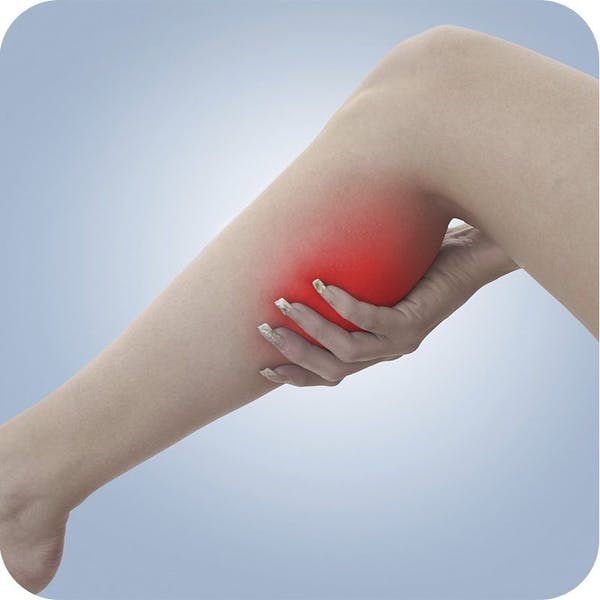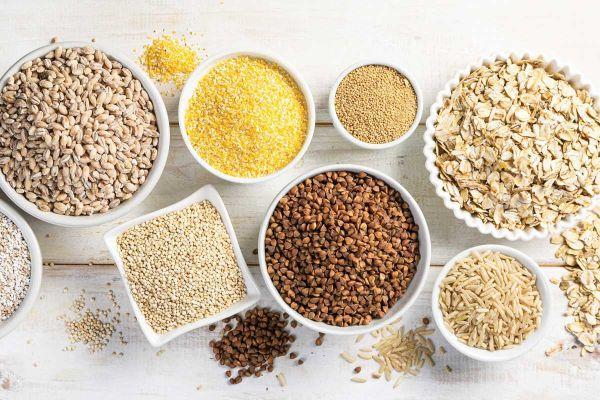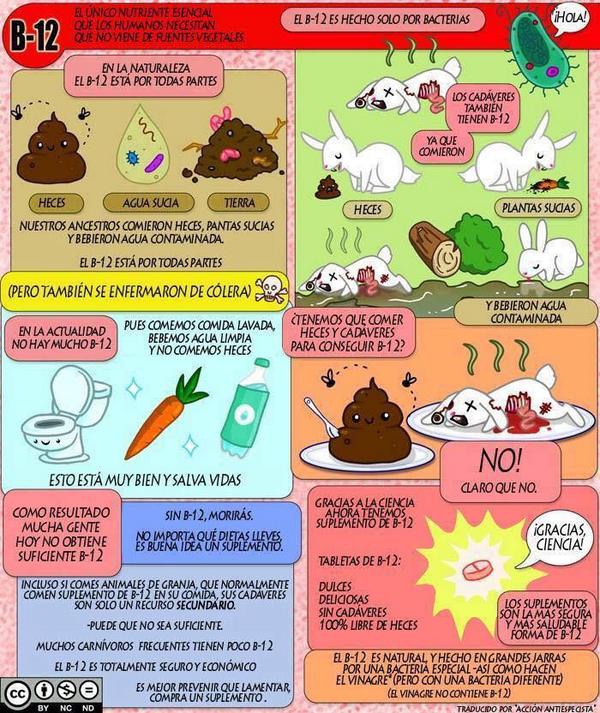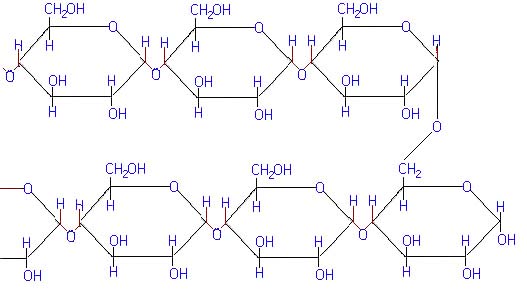
What is the Sondino Diet
Ketogenic Enteral Nutrition (NEC), also known as Sondino's diet, is a weight loss strategy that is based on fasting with little protein and therefore not without side effects.
The NEC was proposed and disclosed by Professor Gianfranco Cappello of the Umberto I Polyclinic in Rome and, as you can guess, consists of the nasal-enteral administration (using a portable electric pump with continuous infusion) of a liquid solution based on:
- amino acids (30-40g / day),
- mineral salts and water.
To buffer the side effects of NEC, specialists using this technique recommend:
- continue to hydrate by drinking water,
- supplement with multivitamin products,
- taking proton pump inhibitor drugs (to protect the gastric mucosa)
- take laxatives (to keep the intestine active despite the absence of stool in it).
This Sondino diet is continued for one or two weeks (based on the patient's tolerability) at each cycle, alternating the therapies with food nutrition periods of about 10-20 days; during the NEC treatment a maximum weight loss of 1% of the total body weight per day is allowed (for a subject of 100kg it is allowed to decrease by 1kg per day).
Effetti Collaterali
- side effects of ketogenic enteral nutrition they are different and absolutely not to be underestimated.
Ketone bodies and acidosis
Being a ketogenic strategy, the tube diet finds its strength in the reduction of appetite and hunger, as a consequence of the high production of ketone bodies following the high catabolism of fatty acids and neoglucogenesis.
In fasting and at moderate concentrations, ketone bodies represent a fallback energy substrate for most body tissues and their disposal is facilitated by alveolar excretion (as for carbon dioxide - CO2) through ventilation. However, one of the side effects of NEC is the risk of excessive accumulation of ketone bodies in the blood which can lead to symptoms typical of metabolic keto-acidosis such as:
Dehydration, abdominal pain, polyuria, nausea, vomiting, fever, profuse sweating, hypotension, tachycardia, brain dysfunction, loss of muscle mass, acetoneemic breath, polydipsia (continuous thirst) and changes in heart function due to blood potassium decompensation. In order to prevent these side effects of NEC, specialists who use it carry out tests on the composition of the blood and urine at the end of each cycle.
The doctors who prescribe the Sondino diet affirm that the quantity of amino acids administered prevents the muscle catabolism of patients; this cannot be true.
In the absence of dietary carbohydrates, the body consumes the storage fatty acids for almost all metabolic processes, with the exception of the nervous ones that require glucose; to ensure the proper functioning of the brain, the body maintains constant blood sugar through the neoglucogenesis of amino acids and glycerol. Glycerol is obtained from the hydrolysis of adipose triglycerides, while most of the blood amino acids are derived from the muscles and skin. The catabolism of protein tissues is one of the side effects of NEC, as the exogenous administration of only 30-40g / day is not sufficient to meet the patient's need for plastic and neoglucogenic replacement.
Food miseducation
A mention of the post-treatment repercussions that the tube diet can have on patients; probably, among the side effects of NEC it is also possible to find recidivism. The risk of restoring the initial weight is very high because:
- A patient selection protocol is totally lacking, and being an extreme practice, it can be deduced that it attracts a large portion of SUBJECTS AFFECTED BY FOOD DISORDERS.
- It has no educational function, ANZIO! It launches an extremely negative message: "to lose weight you MUST FAST".
- It is an invasive monodisciplinary approach in which MOTOR THERAPY IS LACK, however impossible due to the encumbrance of the treatment and nutritional insufficiency. An enterally fed tube-fed patient who decides to engage in physical activity would risk collapse from hypoglycemia, dehydration and metabolic acidosis.
- In all likelihood, prolonged caloric deficit and the absence of motor practice significantly affect thyroid endocrine production by reducing basal metabolism.
The side effects of NEC are many and extremely serious; the tube diet is an invasive, monodisciplinary, passive, diseducative, drug-dependent treatment as well as harmful to the organism and which normally should not find application in the field of nutrition.

























